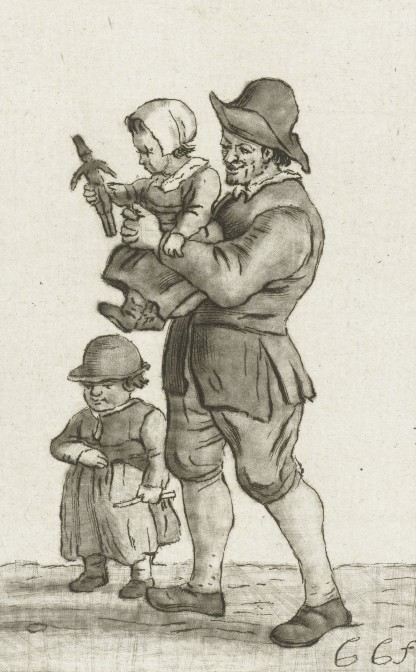In genealogy, we are used to children having the same last name as their father. But there are several circumstances in which the child could have a different name:
- If the child used a patronymic, in which case the name of the child would be derived from the father’s first name, not his last name (e.g. Pier Hessels, son of Hessel Jans). This mainly happens in the period before the introduction of the civil registration in 1811.
- If the child was illegitimate, in which case it would have the name of the mother.
- If the family was called after the farm, and the farm came from the mother’s family. Farm names were common in the eastern part of the Netherlands before 1811.
- If the father’s family did not use a last name, and the mother’s did. This mostly happens around the time when people started using surnames. When that was depends on the region, and can range from the late 1500s in the southern and western provinces to 1811 in the northern provinces.
- If the child emigrated to a non-Dutch speaking region and his name was changed.

Father and his children, Pieter de Mare, 1768 – 1795. Credits: Rijksmuseum (Public Domain)


Thank you, I hope to soon explore my Swedish ancestors, but — oh so confused.
With any region that used patronymics rather than surnames, establishing identity demands more of our creativity as researchers. But identity is so much more than a name. By studying our ancestors in context, researching the community they belonged to, we can often place him in a parental household even if the name changes. However, that usually requires access to local sources, many of which are not available online, so you may need the help of a Swedish researcher. Let me know if I can help you with a recommendation.